Plastic Dropper for Laboratory, Local
-
In Stock
-
-
0 Review(s)
-
New
Price :
৳11.45
Estimated Shipping Time: 5 days
Product SKU: fN14217iUp
Plastic Dropper for Laboratory, Local
A plastic dropper for laboratory use is a slender, cylindrical tool typically made from polyethylene or polypropylene.
- Functionality: It is primarily designed for the precise dispensing and transfer of liquids in laboratory experiments.
Graduated Measurements: Most plastic droppers feature graduated markings along their length, allowing for accurate measurement of liquid volumes.
Chemical Resistance: These droppers are resistant to a wide range of chemicals, ensuring compatibility with various reagents and solvents commonly used in laboratory work.
Flexibility: The dropper tip is often flexible, enabling easy aspiration and dispensing of liquids, even in confined spaces or narrow-necked containers.
Durability: Despite being lightweight, plastic droppers are durable and capable of withstanding frequent use in laboratory environments.
Easy to Clean: They are easy to clean and sterilize, either manually or using autoclaving methods, ensuring hygiene and preventing cross-contamination between experiments.
Cost-Effective: Plastic droppers are generally more affordable than glass alternatives, making them a practical choice for laboratories with budget constraints while still maintaining high performance and reliability.
Here are eight key points about the features of plastic droppers for laboratory use:
Material: Plastic droppers are typically made from high-quality, chemical-resistant polymers such as polyethylene or polypropylene. These materials ensure durability and compatibility with a wide range of liquids and chemicals used in laboratory experiments.
Graduated Design: Most plastic droppers have a graduated design, with markings along the length of the tube to indicate volume measurements. This allows for precise dispensing and measurement of liquids, essential for accurate experimental procedures.
Non-reactive: Plastic droppers are non-reactive with most chemicals, ensuring that the integrity of the substances being transferred remains intact. This feature is crucial for maintaining the purity and reliability of experimental results.
Flexible Tip: The tip of a plastic dropper is often flexible, allowing for easy aspiration and dispensing of liquids. This flexibility facilitates precise control over the volume being transferred and enables access to narrow or confined spaces within laboratory equipment.
Chemical Resistance: Plastic droppers are resistant to a wide range of chemicals, including acids, bases, and organic solvents. This resistance ensures that the dropper remains functional and free from damage, even when handling corrosive substances.
Ease of Cleaning: Plastic droppers are easy to clean and sterilize, making them suitable for repeated use in laboratory settings. They can be washed with common laboratory detergents or autoclaved for sterilization, ensuring hygiene and preventing cross-contamination between experiments.
Cost-Effectiveness: Plastic droppers are generally more affordable than their glass counterparts, making them a cost-effective option for laboratories with budget constraints. Despite their lower cost, they offer comparable performance and durability for many applications.
Versatility: Plastic droppers are versatile tools that can be used in various laboratory applications, including titrations, sample transfers, and mixing reagents. Their lightweight and compact design make them convenient for use in both benchtop and field settings, providing flexibility for diverse experimental needs.
Ratings & Reviews
0.0
No Review Found.
Seller's Products
Related Products
Send Message
LOGIN NOW
Signup Now
Forgot Password
Please Write your Email

Order Tracking



 Health & Beauty
Health & Beauty


.png) Art & Painting
Art & Painting Hot Deals
Hot Deals

.png)
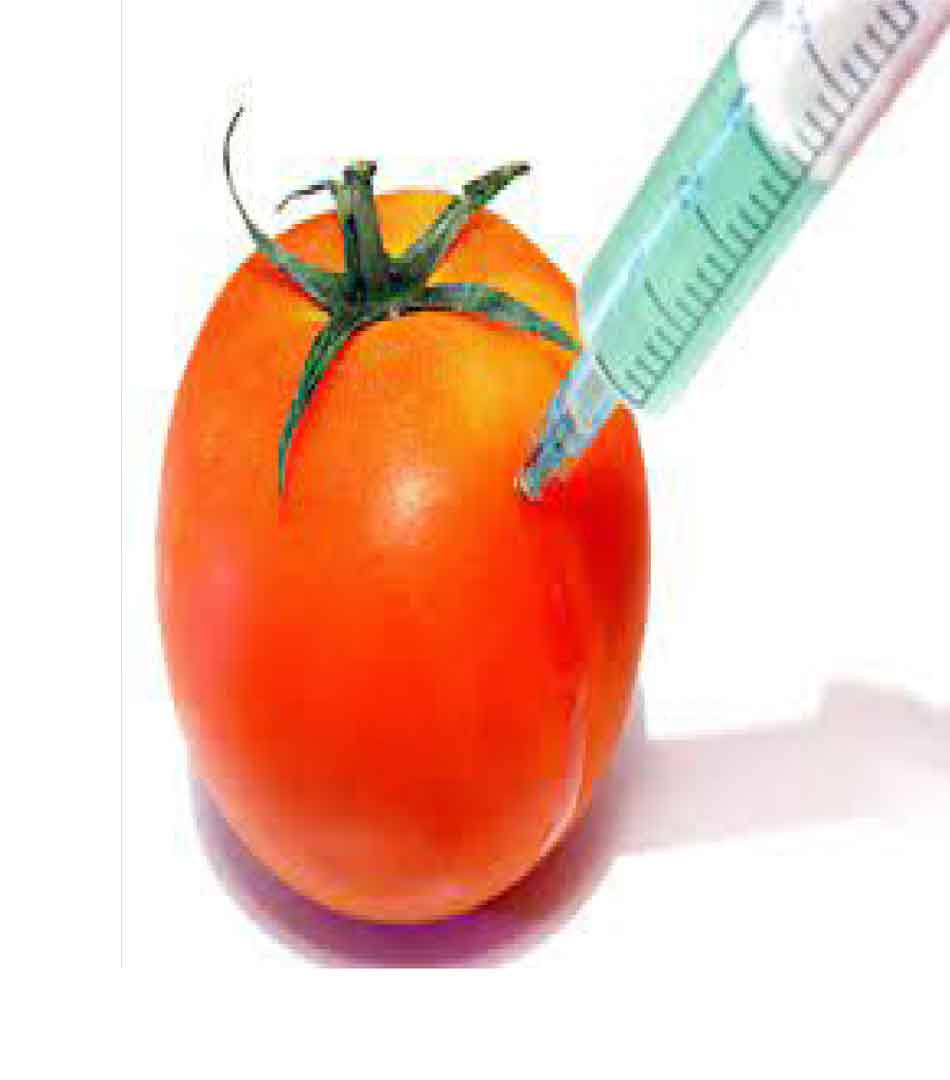
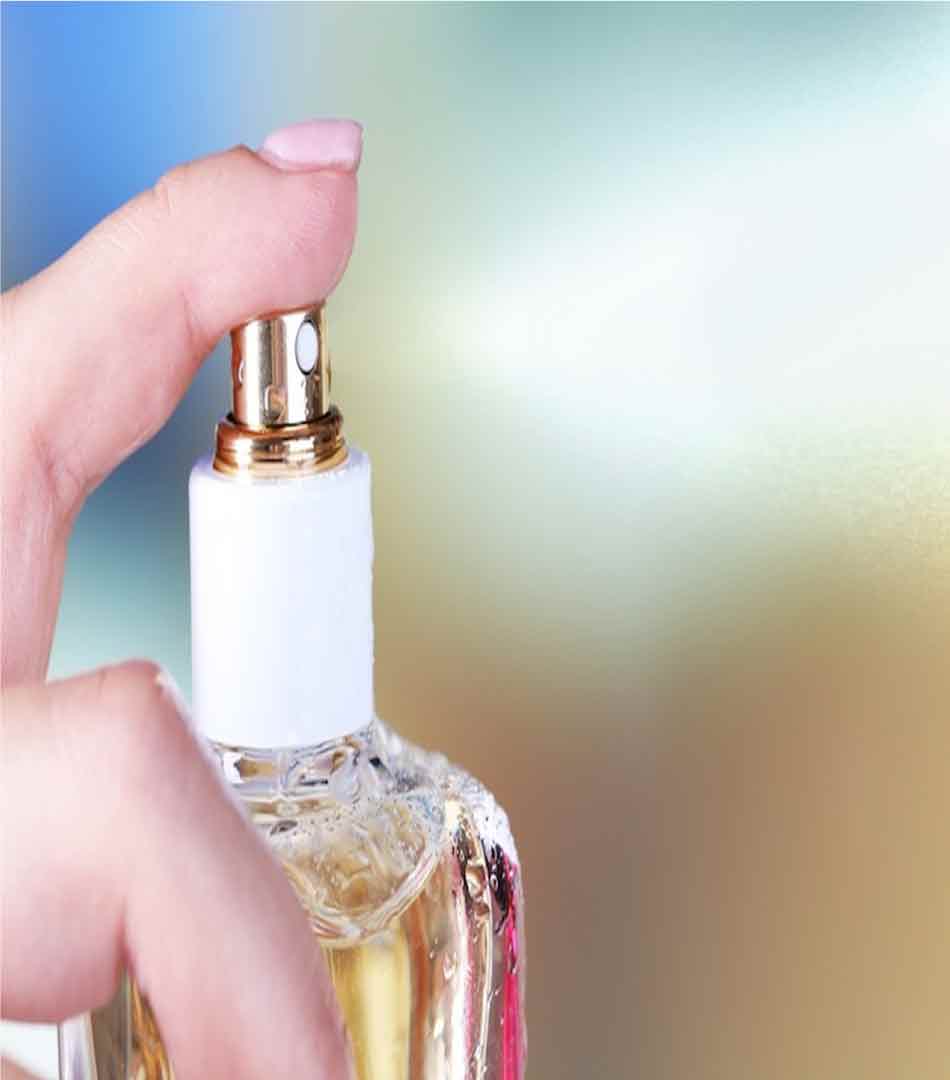
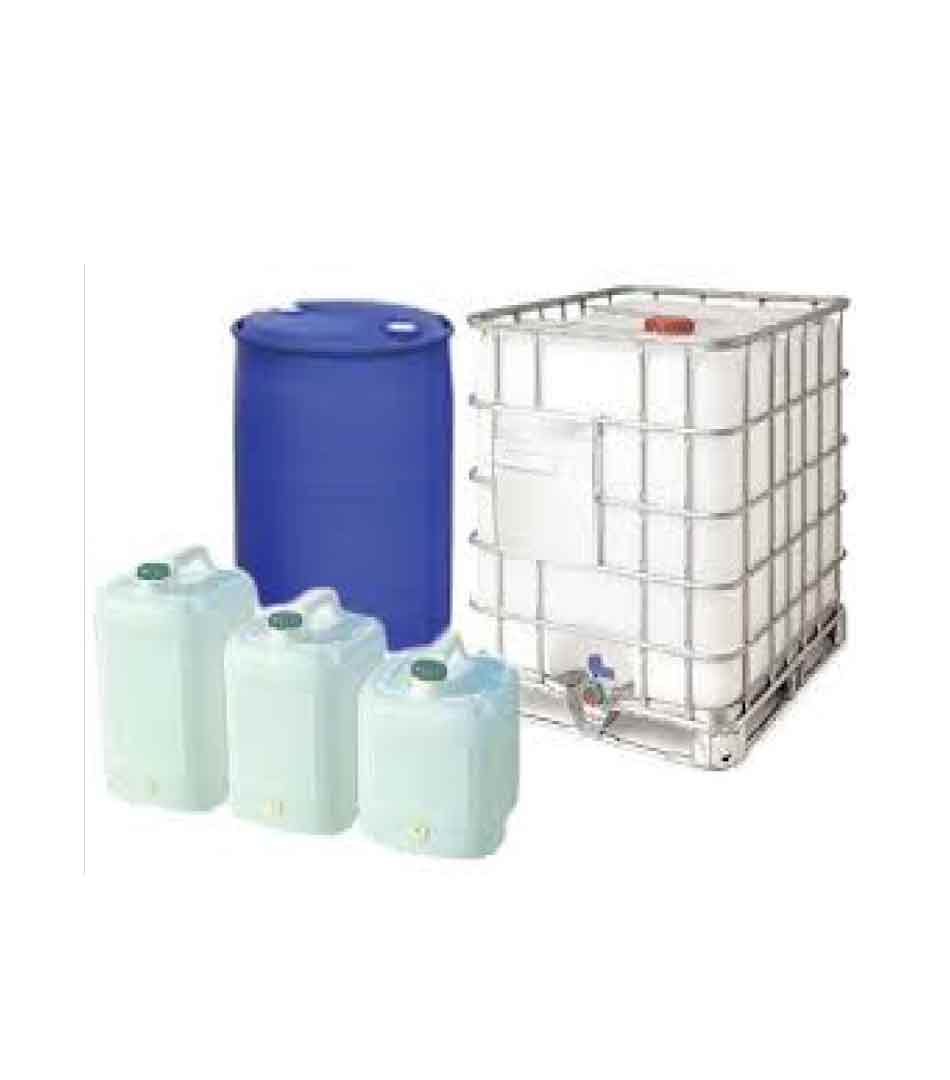
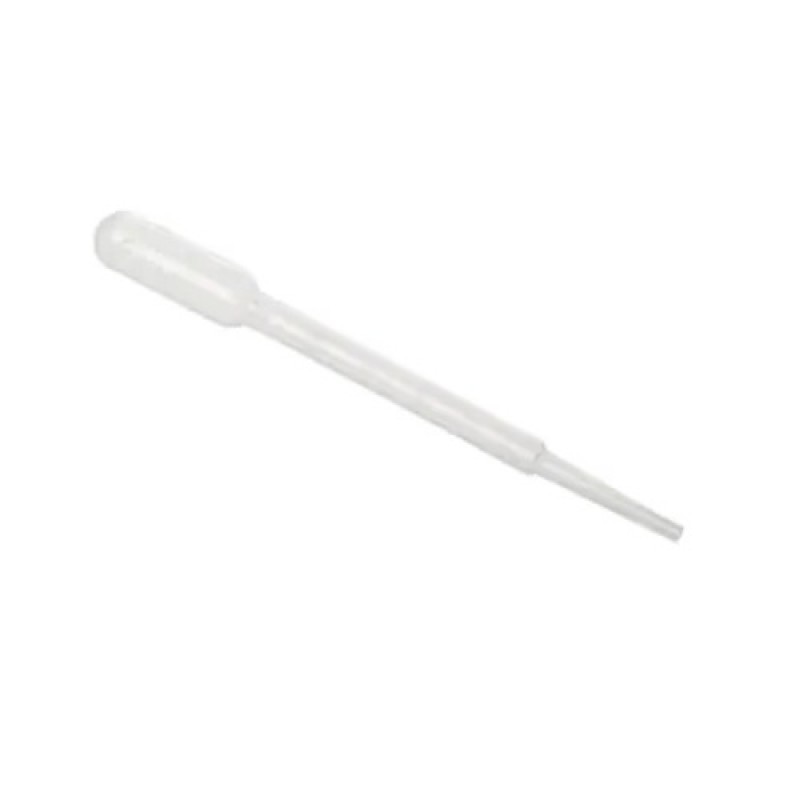
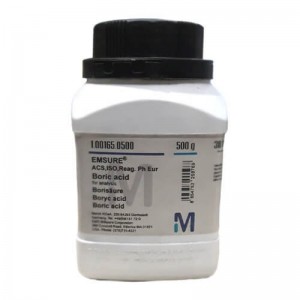
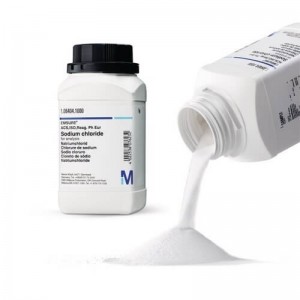
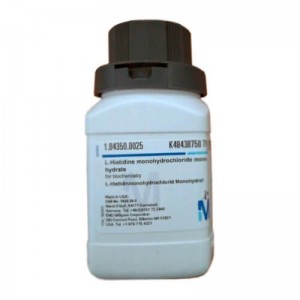
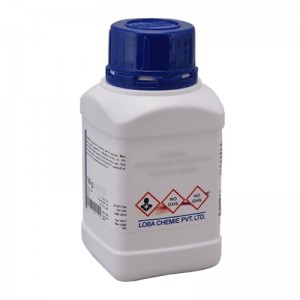
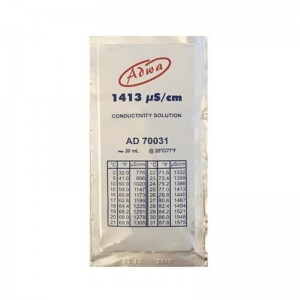

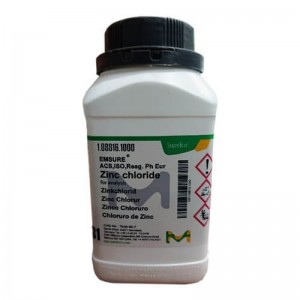
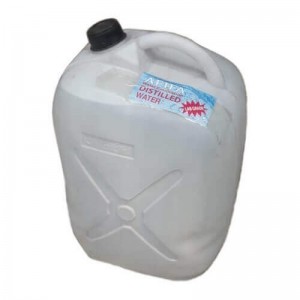

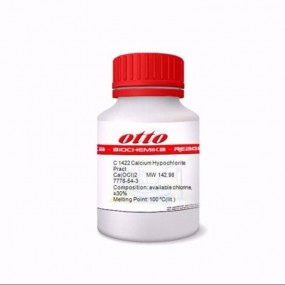
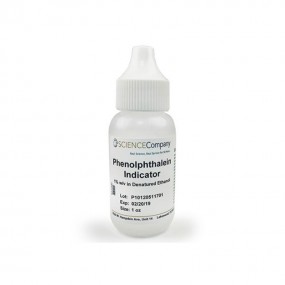
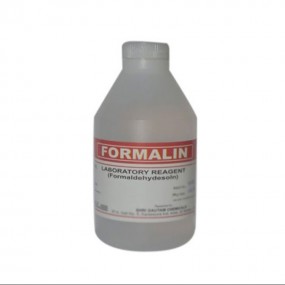



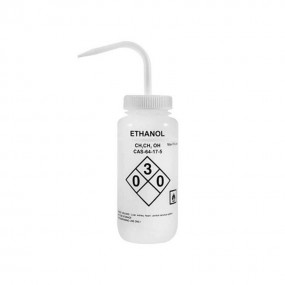
Login To Comment